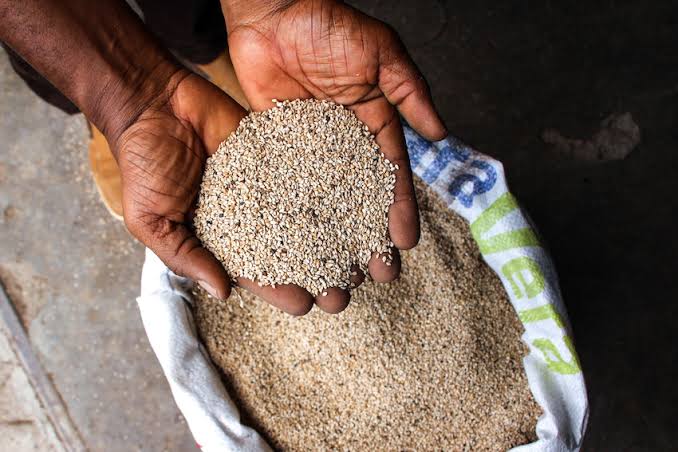Alhaji Abubakar Garba, Chief Operating Officer, Silvex International, a Kano based commodity trading firm, said that Nigeria has the potential of becoming a leading producer of sesame in the world.
Garba made the assertion at a monthly paper presentation, organised by the Centre for Dryland Agriculture (CDA), Bayero University, Kano, on Sunday.
The paper was titled, “Effective Commodity Aggregation: Bridging the Gap in Nigeria Agricultural Value Chain.”
Garba said that the country was ranked third on the index of Sesame exporting countries in 2019, in spite some challenges.
He listed the challenges to includ, fragmented internal markets; poor linkages, unconnected trader/processor relations, unchecked middlemen, among others.
To address these challenges, Garba said a systematic out-grower, aggregation and commodity logistics need to be developed for sustainability and economic prosperity of the country though the agro-industrial sector.
“That is why the firm invested about N350 million in various out-grower schemes for rice and groundnut production in Jigawa State.
“Some 1,200 rice farmers and 275 groundnut growers benefited from the support in one-way or the other, to boost their production capacity.
Related Articles
“For the sesame, it is a trial run with only 50 farmers supported,” he said.
According to him, the gesture is to strengthen the support base of smallholder farmers to increase productivity.
In his remarks, the Director of the Centre, Prof. Jibrin Muhammad, reiterated commitment of the university to connect the industry players with the institution for the benefit of students and researchers.
This, he said, would enable them to grasp the real time information of the industry.
The News Agency of Nigeria (NAN) reports that Sesame otherwise called benne is a flowering plant in the genus Sesamum.
It is widely found in tropical regions cultivated for its edible seeds.
Sesame has one of the highest oil contents of any seed. With a rich, nutty flavor, it is a common ingredient in cuisines across the world.
World production in 2018 was above six million tonnes, with Sudan, Myanmar and India as the largest producers.








